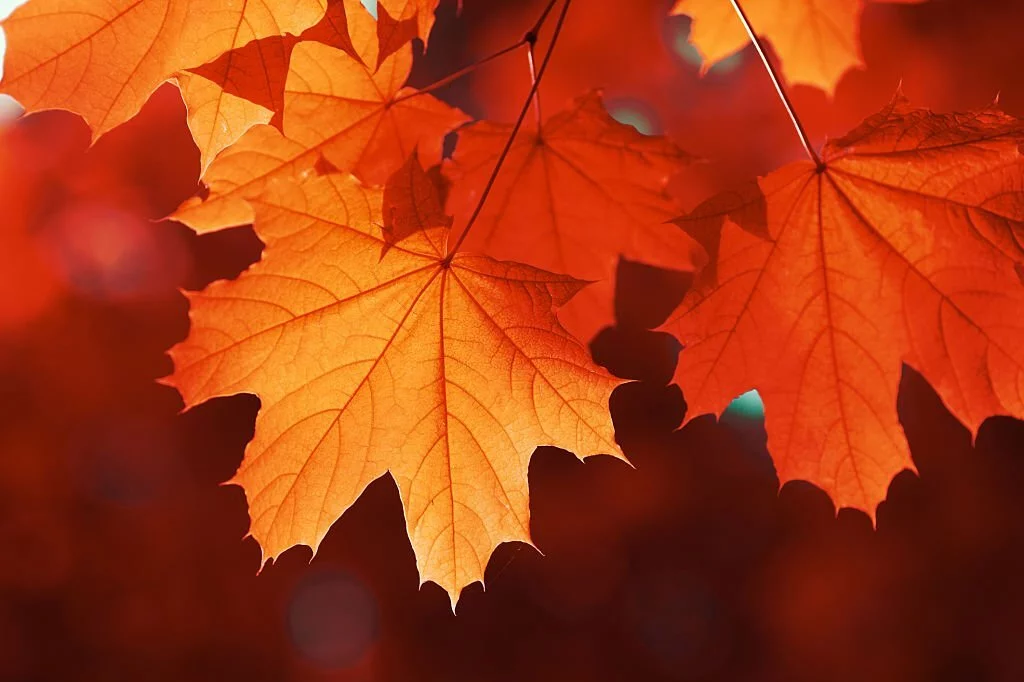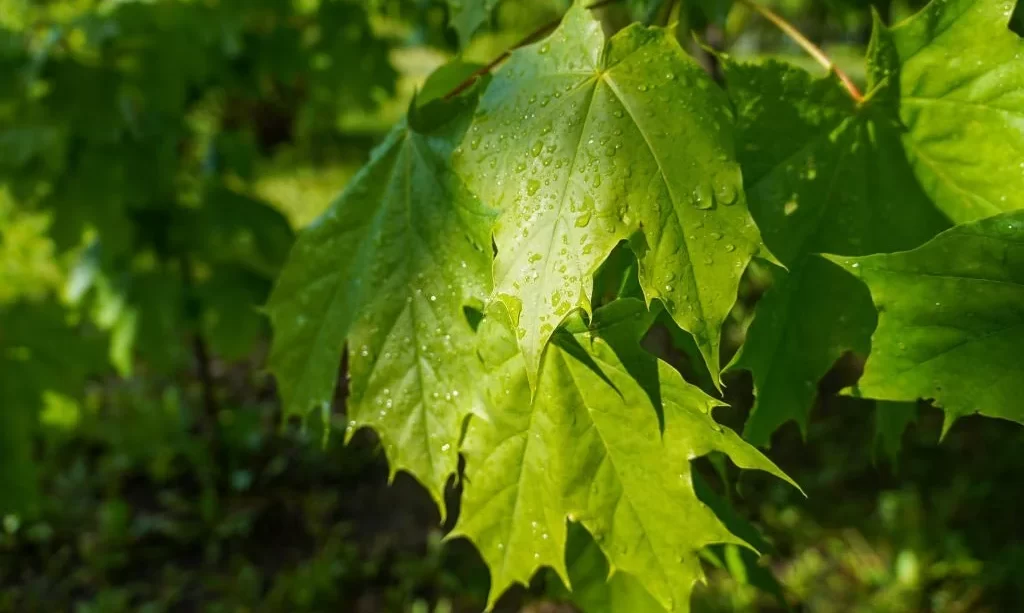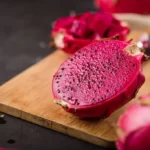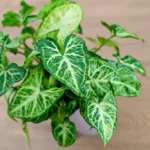Maple trees, with their exquisite foliage and impressive stature, hold a special place in the natural world. If you’ve ever wondered how to identify a maple tree, you’re about to embark on an exciting journey of discovery. In this exploration, we’ll closely observe the distinct characteristics that define maple trees, allowing you to confidently recognize and appreciate these iconic trees.
- These are ready to plant and should be put in the ground according to the included instructions upon arrival. All pictures are of fully grown plants. Sizes shipped are in the title and description. Deciduous plants do not have leaves in the winter.
- California orders will be cancelled due to their state regulations beyond our control.
- Thrives in zones 3 through 9 with full sun.
- Size shipped is 1 to 2 feet tall shipped in gallon containers and double boxed for safe transport.
- Do not transplant into another container, only the ground. We ensure a successful transplant for 30 days if the included planting instructions are followed with the correct location and water. Deciduous plants bought dormant during the winter are expected to leaf out in the spring under the same conditions.
General Appearance
Maple trees possess a set of fundamental features that make them easily distinguishable:
- Leaf Shape: One of the most recognizable features of maple trees is their leaves. These leaves are typically palmate, meaning they have lobes that radiate from a central point, resembling the shape of an open hand.
- Opposite Leaf Arrangement: Maple tree leaves grow in opposite pairs along the branches. This arrangement sets them apart from trees where leaves grow alternately along the stems.
- Bark Texture: The bark of mature maple trees varies among species. Some maples display smooth bark, while others exhibit textured surfaces with fissures and patterns that become more prominent as the tree ages.
By familiarizing yourself with these overarching characteristics, you’ll develop a strong foundation for recognizing maple trees. As we delve further into the visual traits of these trees, you’ll gain a deeper understanding of their uniqueness and importance in the natural world.

Fall Foliage
The enchanting transformation of maple trees during the fall season is a sight to behold:
- Vivid Color Palette: One of the most captivating aspects of maple trees is their brilliant display of autumn colors. As the weather cools, maple leaves transition from their usual green to an array of stunning hues, including vibrant reds, fiery oranges, and rich yellows.
- Diverse Color Patterns: Different species of maples present varying color patterns. Some may have leaves that turn entirely red, while others feature a blend of red, orange, and yellow, creating a picturesque tapestry of colors.
Seed Structures
Maple trees produce distinct and recognizable seed structures, known as samaras or “helicopter seeds”:
- Samaras: These unique seeds have a distinct pair of wings that give them the appearance of helicopter blades. They develop in clusters, often referred to as “helicopter seeds,” and are designed to catch the wind for dispersal to new locations.
- Winged Dispersal: The winged samaras aid in the distribution of maple tree seeds over greater distances, ensuring the propagation of these trees across various landscapes.
Observing the vibrant fall foliage and distinctive seed structures of maple trees enhances your appreciation for their role in seasonal cycles and ecological systems. As we continue our exploration, you’ll gain insights into other elements that contribute to the captivating allure of maple trees.
Tree Shapes
Maple trees encompass a diverse range of shapes and sizes, contributing to their unique visual appeal:
- Upright Growth: Some maple species, such as the sugar maple (Acer saccharum), exhibit an upright and symmetrical growth habit. Their branches ascend vertically, creating an elegant silhouette.
- Canopy Spreading: Other varieties, like the red maple (Acer rubrum), possess a rounded and spreading canopy. These trees provide ample shade with their expansive branches that extend horizontally.
Species Variation
The world of maple trees is marked by a multitude of species, each with its own distinctive traits:
- Japanese Maple (Acer palmatum): Recognized for its delicate and intricately lobed leaves, this species offers a mesmerizing range of red, purple, and green hues.
- Silver Maple (Acer saccharinum): Identified by its silver-colored undersides of leaves, this fast-growing tree is known for its rapid growth and wide distribution.
Conclusion
Understanding the visual characteristics of maple trees brings us closer to the intricate beauty of the natural world. From their palmate leaves and opposite leaf arrangement to the breathtaking palette of fall foliage and unique seed structures, maple trees paint a vivid portrait of the changing seasons and the wonders of nature’s design. Whether you’re strolling through a forest, exploring a park, or admiring these trees in your backyard, the knowledge you’ve gained will enrich your experience as you recognize and celebrate the magnificence of maple trees.





